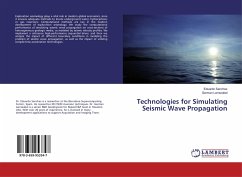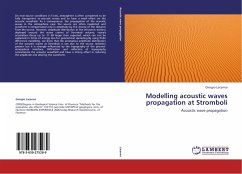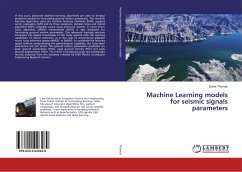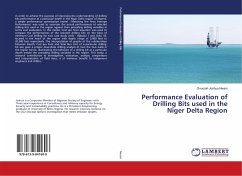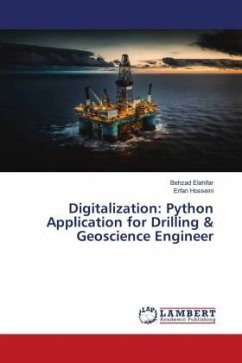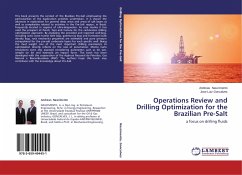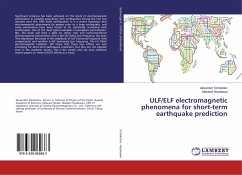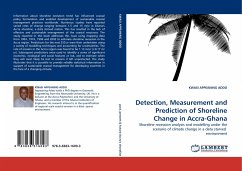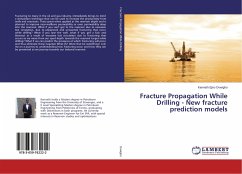
Fracture Propagation While Drilling - New fracture prediction models
Versandkostenfrei!
Versandfertig in 6-10 Tagen
41,99 €
inkl. MwSt.

PAYBACK Punkte
21 °P sammeln!
Fracturing to many in the oil and gas industry, immediately brings to mind a stimulation technique that can be used to increase the productivity from wells and reservoirs. Thats great when applied at the reservoir depth and is planned to improve near-wellbore permeability or even permeability deep into the reservoir. What if you can't get to the reservoir due to excessive lost circulation, due to unplanned and unwanted fracturing that occur while drilling? What if you lose the well, what if you get a kick and blowout as a result of excessive lost circulation due to fracturing that occurs as we...
Fracturing to many in the oil and gas industry, immediately brings to mind a stimulation technique that can be used to increase the productivity from wells and reservoirs. Thats great when applied at the reservoir depth and is planned to improve near-wellbore permeability or even permeability deep into the reservoir. What if you can't get to the reservoir due to excessive lost circulation, due to unplanned and unwanted fracturing that occur while drilling? What if you lose the well, what if you get a kick and blowout as a result of excessive lost circulation due to fracturing that occurs as we move from our spud depth towards the reservoir target while drilling? What if we can predict the pressures at which fracturing will occur and thus eliminate these negative What-ifs? Wont that be something? Join me on a journey to understanding how fracturing occur and how they can be prevented as we journey towards our beloved reservoir.



